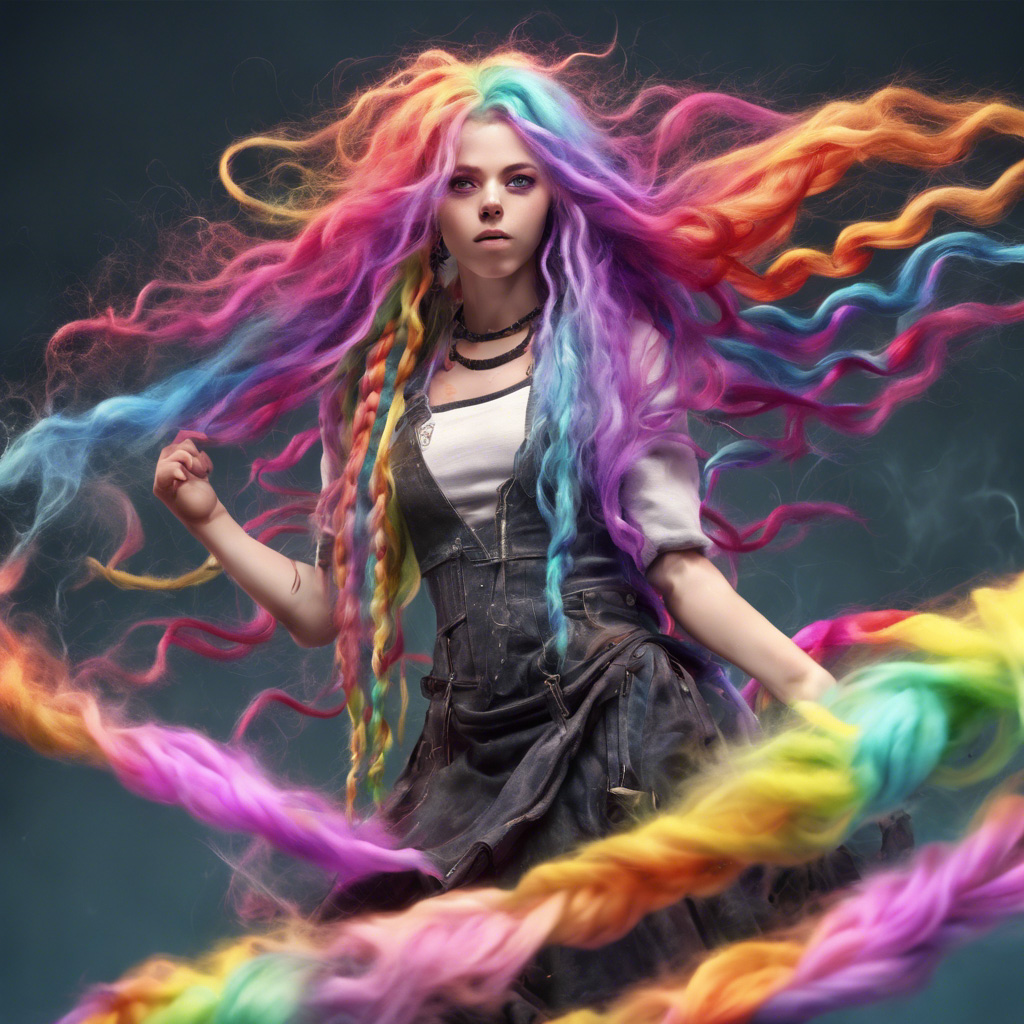Introduction
Text-to-Image generation is a fascinating field that has witnessed remarkable advancements, and one of the groundbreaking technologies in this domain is Stable Diffusion. This guide aims to provide a step-by-step walkthrough on how to harness the power of Stable Diffusion for generating realistic and diverse images based on textual prompts.
Understanding Stable Diffusion
Stable Diffusion is a generative model known for its ability to create high-quality images by iteratively refining a noise distribution. This iterative process results in the generation of realistic and diverse images, making it an ideal candidate for text-to-image tasks.
Steps for Text-to-Image Generation in Stable Diffusion:
1. Select a Stable Diffusion Model:
Choose a Stable Diffusion model that aligns with your specific requirements for text-to-image generation. Consider factors such as the model's architecture, training data, and the desired level of image quality.
2. Formulate Clear Text Prompts:
Craft text prompts that vividly describe the images you want to generate. Be specific about the desired visual elements, such as objects, scenes, or styles. Clarity in your textual prompts is key to steering the model in the right direction.
3. Preprocess Text Prompts:
Preprocess the text prompts to make them compatible with the Stable Diffusion model. This may involve encoding the text into a format suitable for input into the model, ensuring that the information is effectively conveyed.
4. Integrate Text Prompts with Image Generation:
Combine the preprocessed text prompts with the image generation process. Some Stable Diffusion models allow for conditioning on textual input, enabling you to guide the generation process based on the provided text prompts.
5. Experiment with Prompt Variations:
Explore different variations of text prompts to observe their impact on the generated images. Adjust the language, context, or specific details in your prompts to influence the visual characteristics of the generated images.
6. Utilize Conditional Sampling:
Many Stable Diffusion models support conditional sampling, enabling you to generate images conditioned on specific text prompts. This feature enhances your control over the generated images, allowing for a more targeted and customized output.
7. Fine-Tune and Iterate:
Refine your text prompts based on the generated images. Iteratively fine-tune the prompts to achieve the desired level of detail, style, and realism in the generated images.
Potential Applications:
-
Creative Art Generation: Use text prompts to guide the creation of artistic and visually striking images.
-
Concept Visualization: Generate images based on conceptual descriptions, turning ideas into visual representations.
-
Scenario Simulation: Simulate specific scenarios or scenes by providing detailed textual prompts.
Conclusion:
Text-to-Image generation in Stable Diffusion opens up exciting possibilities for creating images based on textual descriptions. By following these steps and experimenting with different text prompts, you can leverage the capabilities of Stable Diffusion to generate visually appealing and contextually relevant images. Whether you are an artist, researcher, or enthusiast, the fusion of text and image in Stable Diffusion offers a dynamic avenue for creative exploration and expression.

